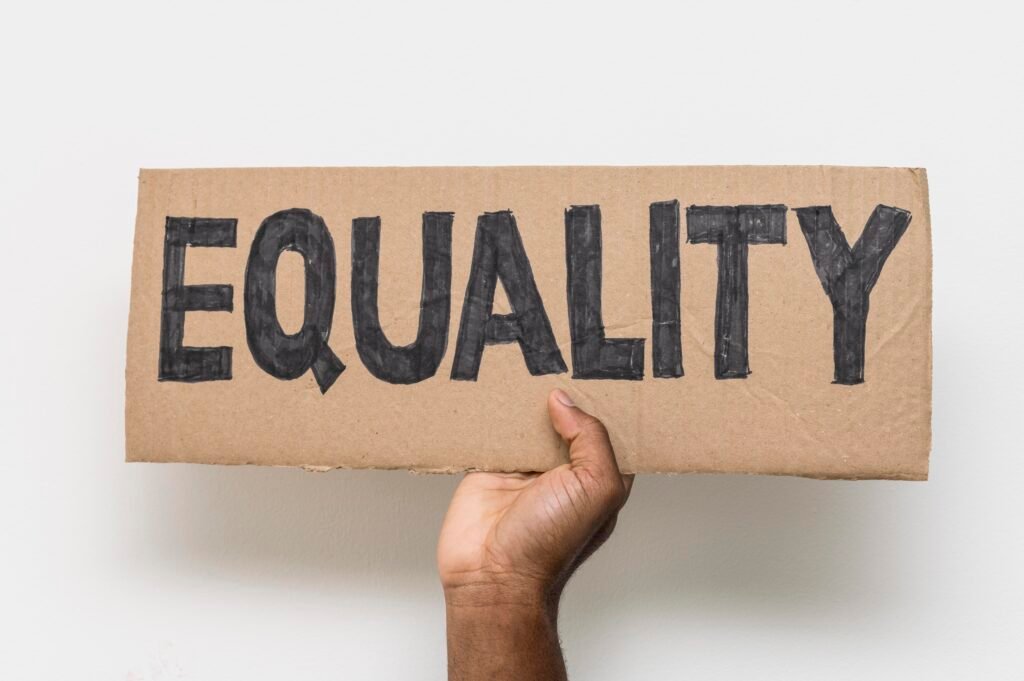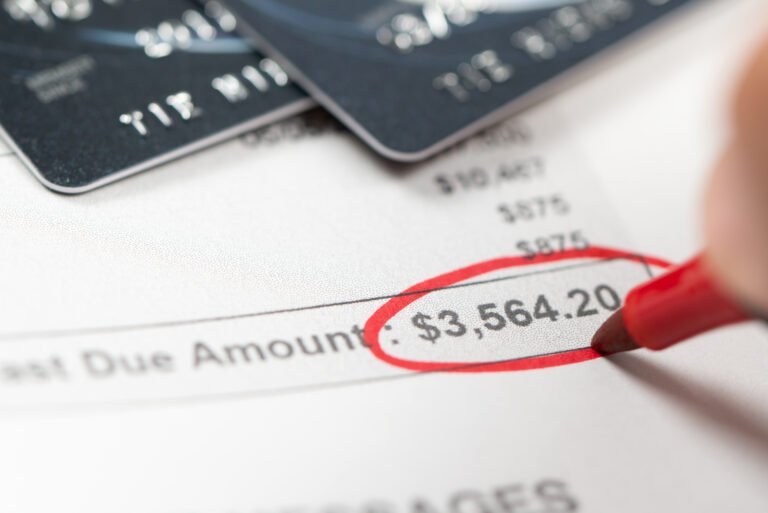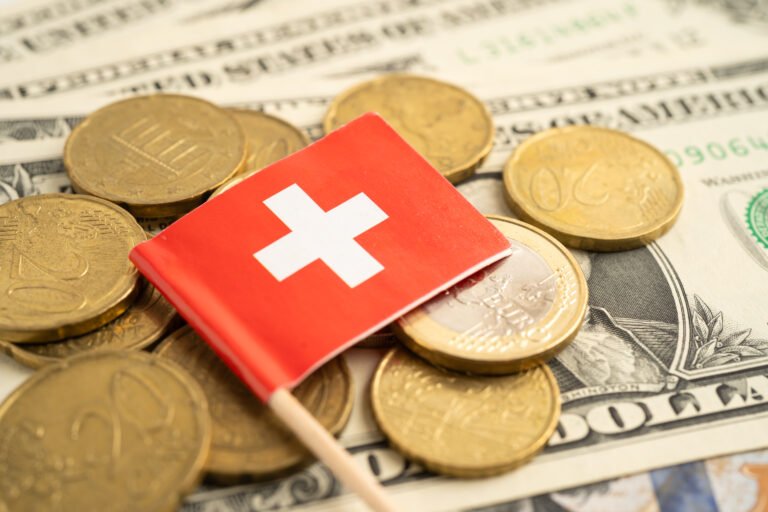
Let’s be honest. That feeling when you spot the perfect new ride, maybe a sleek crossover, maybe a heavy-duty truck is fantastic. Then, the inevitable question hits you like a cold splash of reality: Can I trade in a financed car when I still have a loan balance?
You’re not alone. This is arguably the most common and confusing hurdle for anyone buying a new vehicle. We often assume a car is ours once we sign the papers, but the truth is the lender holds the title until the final penny is paid. The process of trading in a car you are still financing is entirely legal, common, and done every day, but it requires strategy.
The short, punchy answer is YES, you can absolutely trade in a financed car.
But here’s the crucial part: while you can trade it in, you cannot trade away the debt. Your remaining loan balance has to be dealt with. How smoothly that transaction goes depends entirely on one core concept: your car’s equity.
Forget the sales brochures for a minute. This isn’t about horsepower or leather seats; it’s about separating the transaction into two distinct parts: selling your old car (the trade-in) and buying your new one. When you master that separation, you gain all the power.
How Does Trading In a Financed Car Work?
When you trade in a vehicle that is not paid off, the dealership is essentially doing you a favor by handling the loan payoff. They purchase your car (the trade-in) and immediately pay off your old loan on your behalf. The outcome depends on a simple equation: Value vs. Debt.
The secret to a successful financed car trade-in lies in the difference between what your car is worth (its trade-in value) and what you owe (your loan payoff amount). This difference is your equity.
Key Terminology You Must Master
Before you step foot on a lot, you need to understand the numbers:
- Trade-In Value: This is the cash amount a dealership is willing to pay you for your current car. It’s typically less than a private sale price because the dealer needs to recondition and resell it for a profit.
- Payoff Amount (The 10-Day Payoff): This is the total, exact amount required by your lender to close your loan immediately. It’s critical that you use the payoff amount, not just your current loan balance. Why? Because the payoff includes any interest accrued since your last payment, and it’s only valid for a specific time window (usually 7 to 10 days).
- Equity: The dollar difference between your car’s Trade-In Value and its Payoff Amount.
If your car is worth more than you owe, you have positive equity (the best-case scenario). If you owe more than it’s worth, you are upside down or have negative equity (the most common and trickiest scenario).
Strategy 1: Trading In with Positive Equity (The Optimal Deal)
If you have Positive Equity, congratulations! You’ve done a great job managing your debt by making solid payments or by having purchased a vehicle with excellent resale value. This is the most advantageous scenario for a trade-in.
Example Scenario:
- Trade-In Value: $18,000
- Loan Payoff Amount: $15,000
- Positive Equity: $3,000
The dealer sends $15,000 to your current lender to close the old loan. The remaining $3,000 is yours to use on your new purchase.
How to Apply Your Positive Equity (Cash or Down Payment)
You have two main choices for your positive equity, and one is significantly smarter for long-term wealth building:
- Use it as a Down Payment (The Smart Move): This is the smartest move for most people. The $3,000 is applied directly to the price of your new car. If the new car costs $30,000, your loan is immediately reduced to $27,000. This saves you interest over the life of the new loan and results in a lower monthly payment.
- Take the Cash: You can request the dealership cut you a check for the $3,000 difference. While tempting, be cautious. Taking the cash means you finance the full price of your new car and pay more interest overall. Only take the cash if you have high-interest debt you need to eliminate immediately.

Pro Tip: The Sales Tax Advantage
In nearly all states, when you trade in a vehicle, you only pay sales tax on the difference between the new car’s price and your trade-in value. This is a massive hidden saving. If you buy a new car for $30,000 and your trade-in is worth $10,000, you only pay tax on $20,000. This benefit alone makes trading superior to a private sale for high-value vehicles in some states.
Strategy 2: Trading In with Negative Equity (The Debt Sandwich)
If your car’s depreciation has outpaced your loan payments, you are upside down in your loan, meaning you owe more than it’s worth. This is often the case with new cars financed for longer than 60 months or vehicles that have incurred significant damage.
Example Scenario:
- Trade-In Value: $15,000
- Loan Payoff Amount: $18,000
- Negative Equity: -$3,000
The dealer gives your old lender $15,000, but there’s still a $3,000 shortfall. You must cover that negative equity one way or another. This is the moment where many people get into financial trouble, so choose your strategy carefully.
Option A: Rolling Over the Loan (The Common, Costly Path)
When you don’t have the cash to cover the negative equity, the dealership will almost certainly offer to “roll over” the balance. This is the standard procedure when you have a financed car trade-in.
What Rolling Over a Loan Means: The dealer takes your negative equity ($3,000 in our example) and adds it to the principal balance of your new car loan.
- New Car Price: $30,000
- Negative Equity Rolled Over: +$3,000
- Total New Loan Amount: $33,000 (Plus tax, title, and license)
Rolling over the loan solves the immediate problem of paying the $3,000, but it creates a larger, more expensive debt package hence, “The Debt Sandwich.” You are now paying interest on a car you no longer own, which significantly increases your new monthly payment and overall cost. You are also immediately “upside down” on your brand-new vehicle.
Option B: Pay Off the Difference (The Clean Break Strategy)
If you need a new car immediately and have some cash available, this is the most financially sound solution when facing negative equity. You write a check for the $3,000 difference to the dealership (who then forwards it to your old lender, or you pay the lender directly).
- The Outcome: You walk away with a $0 balance on your old loan, ensuring your new car loan starts fresh and on the right footing. This avoids paying interest on old debt.
Expert Advice on GAP Insurance: When you are upside down, your lender will often require you to purchase Guaranteed Auto Protection (GAP) insurance. This is because if you total the new car, your insurance settlement might not cover your entire loan balance (which includes the rolled-over old debt). GAP coverage bridges that “gap.” Be aware that if you roll over debt, GAP insurance is almost always a necessity, adding another cost to your deal.
Strategy 3: Alternatives to Trading In (When to Walk Away)
If your negative equity is significant, say $5,000 or more the trade-in and rollover strategy is a poor financial choice. You have better options for getting out of that old loan without compounding your debt.
1. Refinance Your Existing Loan and Wait

If your primary motivation for trading in is to get a lower monthly payment, try refinancing your current loan instead. Have you improved your credit score since you bought the car? Have general interest rates dropped? You might qualify for a lower rate, which can drop your payment, give you time to build positive equity, and allow you to wait for a better deal on your next car. Many lenders specialize in auto loan refinancing for this exact reason.
2. Sell the Car Privately (The High Effort, High Reward Path)
A private buyer (someone from an online classified site or forum) will almost always pay more for your car than a dealership will offer for a trade-in. The dealer needs to profit; a private individual is buying for personal use and is willing to pay a higher retail price.
How to Sell a Financed Car Privately:
- Get the Official Payoff Quote: Get your 10-day payoff quote from your lender.
- Find a Buyer & Agree on Price: The sale price should cover the payoff amount.
- Conduct the Transaction at the Bank: You and the buyer meet at your lender’s local branch or a title office. The buyer pays the agreed-upon price. The lender takes the payoff amount, issues you the title (cleared of the lien), and you sign the title over to the buyer. Any leftover cash goes to you.
- Negative Equity Private Sale: If the sale price is less than the payoff amount, you must bring the difference in cash to the lender at the time of the transaction to close the loan and transfer the title. It’s more work, but it can often net you hundreds or even thousands more than a trade-in.
3. Wait and Pay Down the Principal
If you can’t afford to pay off the negative equity and you don’t want to roll it over, the absolute best financial strategy is to just keep driving the car. This is the path of E-E-A-T experienced financial advice.
Increase your monthly payment slightly, even by $50 or $100. Every extra dollar goes directly to the principal, paying off the loan faster and attacking the negative equity. By simply driving the car for another 6 to 12 months, you allow the equity curve to catch up to the loan balance, turning a deeply negative trade-in into a neutral or even positive one. This ensures your next purchase starts on solid ground.
Step-by-Step Action Plan: Preparing for a Financed Trade-In
To navigate this process like a seasoned expert, you need to be prepared. Preparation is your armor in the negotiation room.
Step 1: Secure Your Official Loan Payoff Amount
Do this before you even start shopping. Contact your current lender (bank, credit union, or finance company) and request your official 10-Day Payoff Quote in writing. This is not the balance listed on your monthly statement; it’s the exact amount required today to close the loan. The dealer cannot complete the transaction without this figure.
Step 2: Research Your Car’s True Trade-In Value (Your Negotiation Leverage)

Your goal is to maximize the trade-in offer. Use online valuation tools to get a realistic range:
- Valuation Tools: Check trusted sources like Kelley Blue Book (KBB) and Edmunds for their “Trade-In Range.”
- Instant Offers: Get firm, no-obligation cash offers from national online buyers. This number becomes your negotiation floor the least you should accept from the dealership.
The Golden Rule of Negotiation: Never volunteer how much you owe. Present your trade-in as a separate transaction. Say, “Based on my research, I’m looking for $X,XXX for my trade. What’s the highest offer you can give me?”
Step 3: Organize Your Documents and Clean Your Vehicle
A clean, well-maintained car signals to the dealer that you’ve taken care of it, which increases your trade-in value.
- Detailing: Give the car a deep clean. Remove all trash and personal items. First impressions can add hundreds to your offer.
- Minor Fixes: Take care of minor issues like broken tail lights or a missing fuse. These small details signal neglect to an appraiser and can lower the value disproportionately.
- Documents: Bring your 10-day payoff letter, vehicle registration, driver’s license, proof of insurance, and all maintenance records.
Step 4: Separate the New Car Price from the Trade-In
This is where the true experts win. Most dealers try to focus you on the monthly payment. Do not fall for this. A lower monthly payment can easily hide a low trade-in offer or a high interest rate on the new car.
Your focus must be on three things, in order:
- New Car Price: Negotiate the lowest possible price for the new vehicle first.
- Trade-In Offer: Negotiate the highest possible offer for your old vehicle second.
- Interest Rate/Terms: Only discuss financing and monthly payments last.
If you follow this order, you’ll prevent the dealer from manipulating one number to hide a bad deal on the other.
The Critical Final Step: Loan Payoff Confirmation
This is a frequently missed but non-negotiable step to protect your credit history.
After you sign the new loan papers, you need to follow up. The dealer has taken on the responsibility of paying off your old loan, but sometimes, their finance department can be slow, especially with an outside lender (like a credit union). If they take too long, and your next payment due date passes, your original lender might report a late payment to the credit bureaus, a massive blow to your credit score.
Your Action:
- Ask the dealer for a copy of the check or wire transfer confirmation sent to your old lender.
- Call your old lender about 10–14 days after the transaction and ask for a “Zero Balance Letter” or Paid in Full Confirmation. Do not hang up until you get this.
This letter is your legal proof that the debt is gone and your old loan is closed, protecting you from future credit disputes.
Final Expert Summary: When to Say No to the Deal
A dealership might try to inflate your trade-in value to a ridiculous degree. While this seems great, it’s often a distraction from an inflated new car price or a poor interest rate. This is called the “Payment Package” where they bundle everything into a monthly figure that looks affordable but hides inflated costs.
If the numbers don’t add up, or you feel pressured to roll over too much negative equity, be prepared to walk away. The car you want will still be there tomorrow, or another, better deal will come along. Never let convenience cost you years of extra debt.
Your ability to successfully trade in a financed car isn’t about luck; it’s about knowing your equity position and having a clear, strategic plan for handling that debt. Stick to the numbers, negotiate fiercely, and you’ll drive away with the best deal possible.







